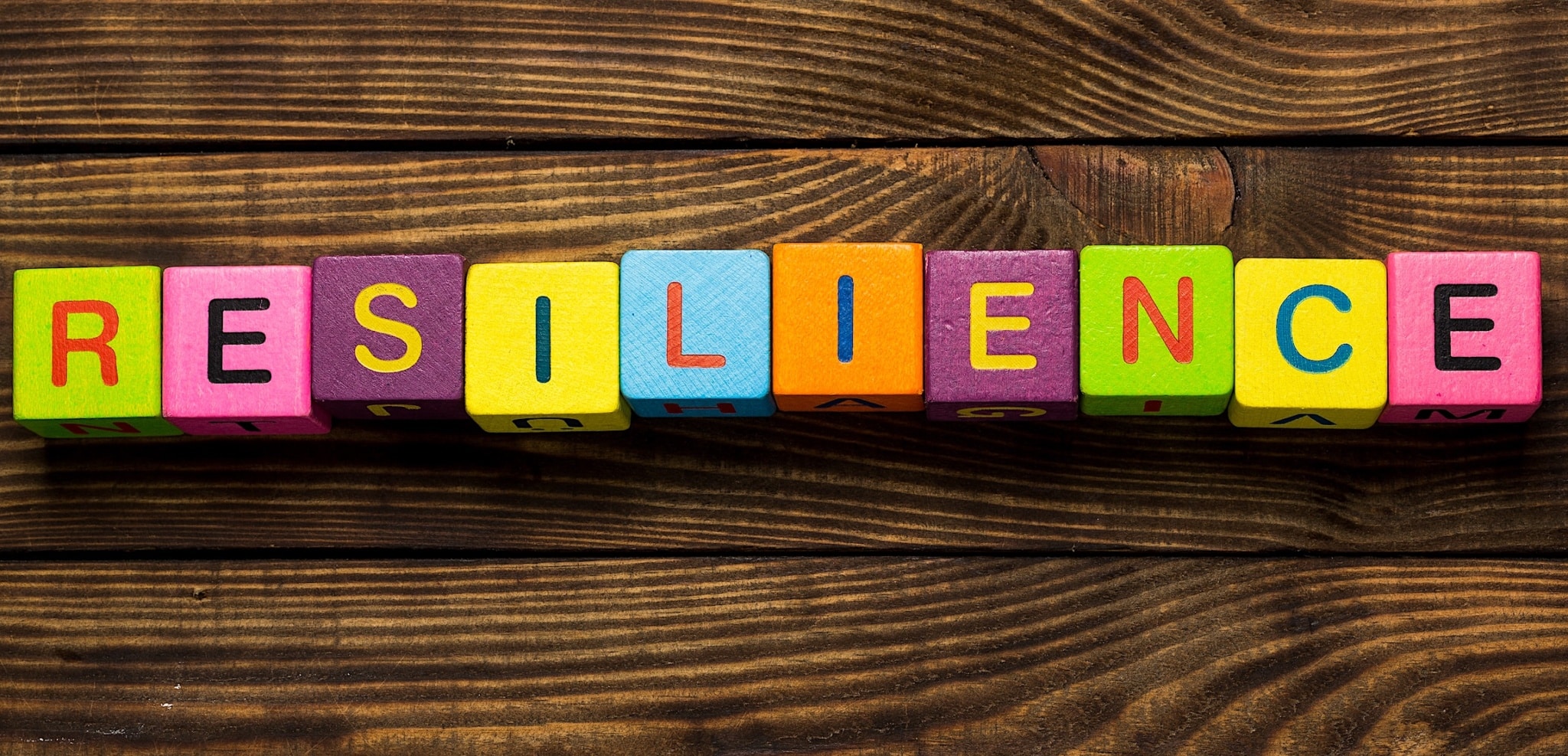Table of Contents
In this installment of the True Literacy video column, Dr. Michael Hart establishes the basics for building resilience in children with dyslexia. Along with improved self-care principles for professionals, Dr. Hart asks adults to examine the environments they’re creating and whether the settings support or hinder students’ progress in developing resilience.
Here are two essential guiding principles to consider when establishing support:
1.) Children don’t live in a vacuum. They live with a family that’s part of a neighborhood and school community. Far too often, research focuses on the student without considering the context in which they live. There is too much what and not enough how.
Reflection questions:
How are we, as parents and educators, organizing the environment in a way that either supports or impedes a child’s resilience?
How are we supporting and caring for ourselves so that we have the emotional wherewithal to take proper care of our dyslexic kids?
2.) Understanding resilience from the dyslexic perspective. The noun resilience stems from the Latin resiliens: “to rebound, recoil.” As a character trait, resilience is a person’s ability to recover quickly from unfortunate circumstances. It usually refers to a single event or a couple of events and the person’s ability to rebound from that tragic circumstance.
With dyslexic children, it’s a much more complex situation. 6-7 hours a day, 5 days a week, 9 months out of the year, dyslexic children are in an environment that is pummeling them with messages that something is wrong with them.
Combining an already mismatched learning style and academic environment with a lack of social-emotional coping mechanisms exacerbates dyslexia resilience issues. A setting of chronic risk is often formed, leaving the dyslexic student feeling ashamed, inadequate, confused, and helpless. Adults must remain focused on organizing environments around the resilience of kids.
Reflection Questions:
As adults, how are we injecting our own humanity, compassion, and professionalism into our efforts to help our dyslexic children become resilient?
Looking at self-care as part of professionalism, how are we taking care of ourselves in a way that allows us to take care of others?
Overall, it’s important to look at the philosophical foundation at play. There’s a need, as adults, to pay better attention to the context in which the dyslexic child is operating. In a follow-up video, Dr. Hart will offer 8 specific tips and strategies to help dyslexic children build resilience in the classroom and at home.
Final Reflection:
Dr. Hart provides “food for thought” by asking the reader to examine their application of the following:
“From humanity, compassion, self-care, and professionalism comes the answer to nurturing resilience and unique strength in our dyslexic children and students.”
Head on over to trueliteracy.in for more in-depth analysis and information.
Subscribe to edCircuit to stay up to date on all of our shows, podcasts, news, and thought leadership articles.






